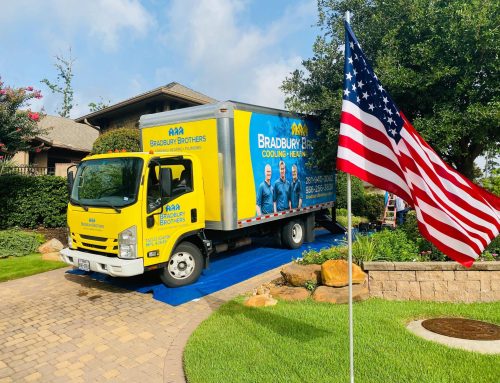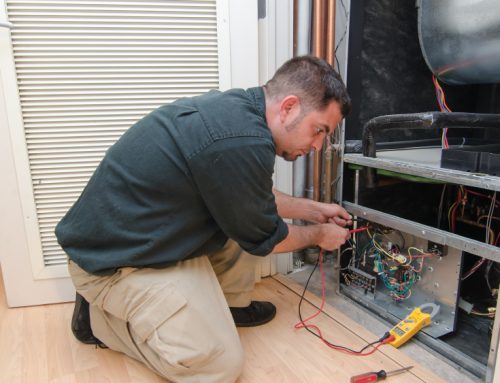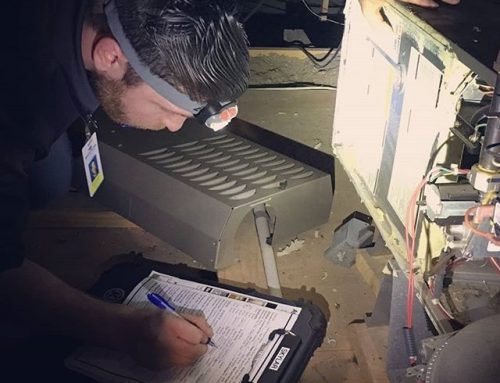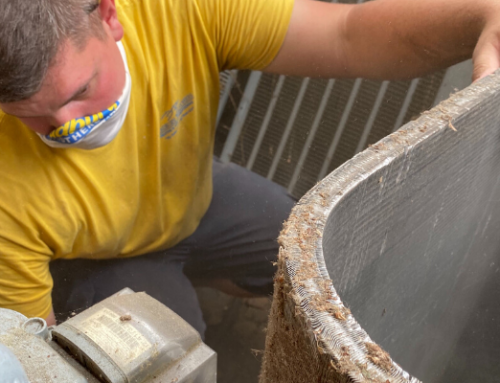EPA’s New HVAC Mandate: What Homeowners Need to Know About the R-410a Phase-Out
Homeowners across the country may soon face new challenges regarding their air conditioning systems. An increase in refrigerant price. A mandate and new regulations by the Environmental Protection Agency (EPA) will soon require major changes in HVAC systems, particularly those using the R-410a refrigerant.
The changes aim to reduce environmental impact, but they may leave many homeowners with questions about how to prepare.
Bradbury Brothers will cover everything you need to know about the upcoming phase-out, alternative refrigerants, and what steps you can take to ensure your home’s cooling system is future-proof in and around The Woodlands, TX.
If you are considering a new HVAC system, buying one before January 2025 could save you a lot of money. Contact Bradbury Brothers online or call (281) 651-5484 for a free consultaiton to determine what you should do!
New Refrigerant FAQs
R-454b: The New Refrigerant on the Block
The refrigerant set to replace R-410a in 2025 is R-454b. While this refrigerant is more environmentally friendly, there are several factors that homeowners should consider before upgrading their systems to accommodate it.
Is R-454b Really Better for the Environment?
Yes, R-454b has a much lower GWP than R-410a, making it a more sustainable choice for the future. But transitioning to R-454b comes with its challenges.
Key Differences Between R-410a and R-454b
- Environmental Impact: R-454b has a significantly lower GWP compared to R-410a, reducing the carbon footprint.
- Cost: Systems that use R-454b will likely be more expensive due to specialized tools and installation procedures.
- Maintenance: Homeowners may face more frequent sensor issues with R-454b systems, especially in the early stages of its adoption.
Do You Need to Replace Your HVAC System Immediately?
The EPA’s mandate does not force homeowners to change their systems immediately. However, if you’re considering an upgrade, you may want to do so sooner rather than later.
How Long Will R-410a Be Available?
R-410a will still be available for repairs and maintenance even after the phase-out, but the production of new units using this refrigerant will stop. That means that while you won’t be required to replace your current unit, future maintenance may become more expensive as supplies dwindle.
The Case for Upgrading in 2024
Many experts recommend upgrading your HVAC system before 2025 if your unit is nearing the end of its life. This will allow you to take advantage of the more affordable R-410a systems while they are still available.
Can You Still Find R-410a Systems in 2024?
Yes! Many HVAC companies will continue to offer R-410a systems throughout 2024, giving homeowners the opportunity to make upgrades before the more expensive R-454b units dominate the market.
Cost Comparison: R-410a vs. R-454b Systems
The cost of upgrading your HVAC system is a significant consideration for homeowners. Let’s take a closer look at how the two systems compare:
| System | Cost (Estimated) | Installation Requirements | Potential Maintenance Costs |
|---|---|---|---|
| R-410a | $7,000-$12,000 | Standard tools and techniques | Lower overall maintenance costs |
| R-454b | $9,000-$15,000 | Specialized tools and sensors | Higher potential maintenance due to sensors |
As you can see, the initial cost of R-454b systems is higher, and their maintenance may be more complex due to the newer technology involved.
Will R-454b Systems Be Reliable in 2025?
While the switch to R-454b is a step forward in sustainability, early adopters may encounter reliability issues. Systems using R-454b rely on safety sensors to detect leaks, and early models may not be as refined as their R-410a counterparts.
What Are the Common Issues With R-454b Systems?
Some experts worry that R-454b systems will have more frequent sensor malfunctions, leading to unnecessary service calls and higher maintenance costs. Until these systems are more thoroughly tested in real-world conditions, homeowners should be cautious about making the switch.
The Future of HVAC Maintenance
With the changes in refrigerants, HVAC maintenance is expected to become more complex. Homeowners will need to be more proactive about servicing their systems to avoid costly repairs.
How Can You Maintain Your HVAC System for Longevity?
Regular maintenance, including filter changes and annual inspections, is key to keeping your system running smoothly. If you’re using an R-410a system, you should also ensure you have access to technicians who can service it in the years to come.
Is It Worth Waiting for R-454b Systems?
There’s no definitive answer to this question, as the decision depends on your specific circumstances. If your HVAC system is older and requires frequent repairs, upgrading to an R-410a system in 2024 might save you from future headaches.
Key Benefits of Upgrading to an R-410a System Now
- Lower Costs: Avoid the higher price tags associated with R-454b systems.
- Proven Technology: R-410a systems have been on the market for years and are well-tested.
- Rebates: Many energy companies, including CPS Energy, offer rebates for energy-efficient upgrades.
Is Your Current System Energy-Efficient?
If your current system is more than nine years old, you’re likely paying higher energy bills than necessary. Newer models, whether using R-410a or R-454b, are significantly more efficient, potentially saving you hundreds of dollars per year.
What Are the Signs That You Need a New HVAC System?
- Frequent breakdowns
- Rising energy bills
- Inconsistent temperatures
- Unusual noises
If you’re experiencing any of these issues, set up a time to consult with the experts at Bradbury Brothers about upgrading your HVAC system. All you have to do is call (281) 651-5484 or contact us online for a free consultation.
Refrigerant Changes Are Coming in 2025 – Why Acting Now Can Save You Big
The upcoming EPA mandate will undoubtedly shake up the HVAC industry, but homeowners have options. By staying informed and proactive, you can make the best decision for your Texas home and avoid the potential pitfalls of waiting too long to upgrade.




